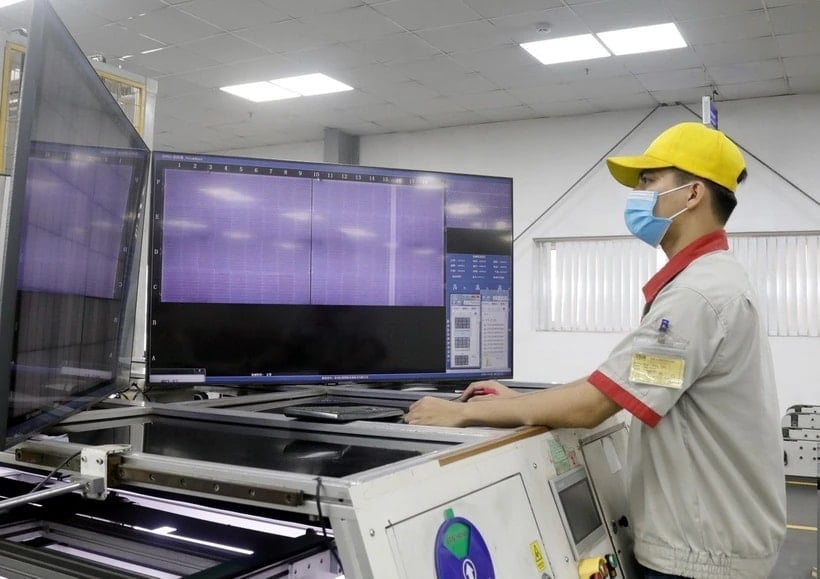
The semiconductor industry, with its pivotal role in the digital economy, is increasingly asserting its important position as the world enters the era of the 4.0 industrial revolution.
Semiconductors are not only the foundation of future technologies such as artificial intelligence, the Internet of Things (IoT) and autonomous vehicles, but also a core element to ensure national competitiveness in the digital age.
Semiconductor products have been widely applied in many different activities of economic and social life.
The Prime Minister's promulgation of the Strategy for Vietnam's Semiconductor Industry Development to 2030 with a vision to 2050 (Decision No. 1018/QD-TTg dated September 21, 2024) is a decisive strategic step in the context of globalization and strong transformation of the current semiconductor supply chain.
This strategy not only aims to develop the semiconductor industry into a key economic sector, but also creates conditions for Vietnam to participate more deeply in the global value chain, thereby attracting investment, improving the quality of human resources, and developing a technology ecosystem. This is an opportunity for Vietnam to not only take advantage of its inherent potential, but also shape an important position in the global supply chain, promote sustainable development, and enhance the country's position in the international arena.
Laying the foundation for the development of Vietnam's semiconductor industry
Resolution 57-NQ/TW on breakthroughs in science, technology, innovation, creativity and national digital transformation has identified the semiconductor industry as a strategic industry.
Vietnam identifies investing in developing the semiconductor industry as not only developing an economic sector but also a national development strategy using digital technology as a foundation to enhance national competitiveness, making Vietnam a developed country.
Mr. Nguyen Khac Lich, Director of the Department of Information Technology and Communications Industry - Ministry of Information and Communications, said that with the orientation and role of the semiconductor industry, Vietnam has officially issued the Strategy for the development of Vietnam's semiconductor industry to 2030 and vision to 2050 - laying the foundation, orientation and vision for the rapid and sustainable development of Vietnam's semiconductor industry, aiming to make Vietnam an important link in the global semiconductor supply chain.
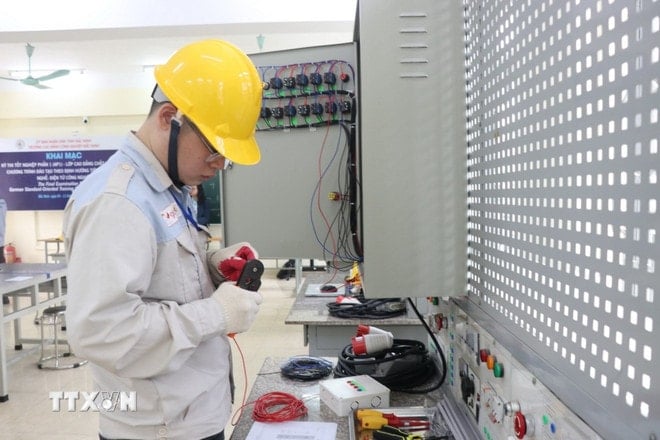
According to Mr. Nguyen Khac Lich, the strategy has outlined the development path of Vietnam's semiconductor industry from now until 2030, with a vision to 2050, according to the formula: C=SET+1.
In which, the letter C is semiconductor chip, the letter S is specialized, dedicated, specialized chip. Vietnam focuses on researching, designing, and manufacturing specialized semiconductor products.
The letter E stands for electronics, electronic industry. Vietnam develops the semiconductor industry along with the electronics industry, digital transformation industry, focusing on AI - the core technology of the 4.0 industrial revolution.
The letter T stands for talent. Vietnam's human resource development is the first step, the breakthrough, the strategic goal, to become a human resource hub serving the global semiconductor industry.
Number 1 in the formula is Vietnam's position in the global semiconductor supply chain. Vietnam participates in all stages of the semiconductor supply chain in an X +1 manner.
Vietnam strives to become a "+1" point in this supply chain, attracting the world's leading semiconductor enterprises to invest in Vietnam, creating security for the world's semiconductor supply chain - Director of the Department of Information Technology and Communications Industry Nguyen Khac Lich stated.
With the strategy of developing the semiconductor industry, our Party and State have had orientations and actions to create the most favorable environment for businesses through research, construction, amendment, supplementation and completion of special and outstanding investment incentive policies and mechanisms in terms of land, tax, finance, etc. to attract domestic and foreign investment resources for the semiconductor industry.
In addition, the State prioritizes allocating resources to promote and strongly develop synchronous and modern digital infrastructure; support investment in scientific research activities; form laboratories and key national semiconductor testing research centers...
These preferential policy mechanisms for the semiconductor industry have been specified and included in a number of laws issued by the National Assembly in recent times, such as: The Law amending the Investment Law was passed by the National Assembly at the 8th Session in October 2024; the draft Law on Digital Technology Industry will be submitted to the National Assembly for promulgation at the 9th Session in May 2025, in order to create a legal corridor and outstanding preferential mechanisms for the development of the digital technology industry in general and the semiconductor industry in particular.
Great ambitions require great determination.
Looking back at the development of the semiconductor industry in Vietnam shows that: Only 4 years after the reunification, in September 1979, Vietnam's semiconductor factory (Z181) was established, starting to carry out contracts to produce and export diodes and transistors.
By the late 80s and early 90s of the last century, due to world political turmoil, the factory no longer had orders for semiconductor production and the production and packaging of microchips at Factory Z181 was stopped.
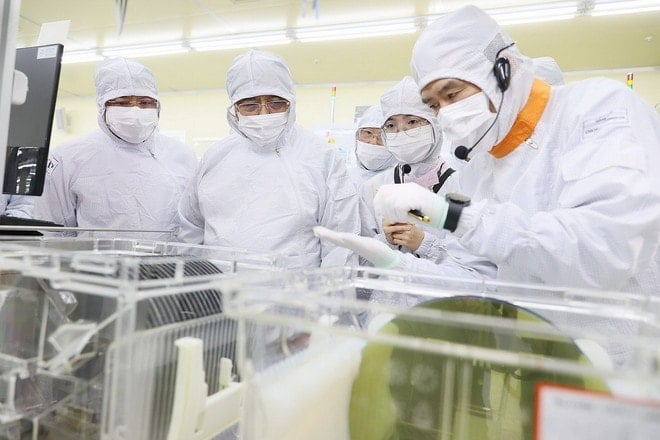
Currently, Vietnam's semiconductor supply chain is in its infancy, focusing mainly on two main activities: Semiconductor chip design (Fabless) and Outsourced Semiconductor Chip Assembly and Testing (OSAT).
The design sector includes about 40 enterprises, with the majority coming from Japan, the United States, China, Korea..., such as: HCL, Hitachi, NVIDIA, Synopsys, Marvell... and 6 Vietnamese enterprises, including FPT and Viettel.
Data from the Department of Information and Communications Technology Industry shows that in the OSAT stage, Vietnam has been attracting potential chip packaging corporations such as Intel, Amkor, Hana Micron, with significant investment capital.
To date, Intel has invested $1.5 billion in Vietnam; Amkor Technology has invested $1.6 billion in a factory in Bac Ninh; Hana Micron, a memory chip OSAT unit, has also invested $600 million.
Vietnam also has potential for rare earth reserves, estimated at about 20 million tons. As one of the 16 most populous countries in the world, with a relatively large domestic market, Vietnam also has the advantage of a young population with STEM (Science, Technology, Engineering, Mathematics) capabilities, capable of quickly meeting the human resource needs to develop the semiconductor industry.
As of December 2024, Vietnam had attracted 174 foreign-invested projects operating in the semiconductor industry, with a total registered capital of approximately US$11.6 billion. This reflects the growing confidence of global technology and semiconductor companies in Vietnam’s potential to become a key player in the global semiconductor value chain.
Sharing about the development of the semiconductor industry, Minister of Information and Communications Nguyen Manh Hung commented that in addition to the geopolitical advantage, Vietnam has another advantage that cannot be copied in the semiconductor industry.
According to the Minister, the development of Vietnam's semiconductor industry must go hand in hand with the development of the electronics industry and the digital transformation industry. One of the steps of the National Strategy on Vietnam's semiconductor industry is to build Vietnam into a global human resource hub for the semiconductor industry, from which this human resource hub will move towards building the semiconductor industry in Vietnam.
The human resource hub will be like a magnet to attract investment in research, design, production, packaging, and testing in Vietnam. The human resource hub includes processing and exporting labor to the semiconductor industry.
Vietnam is at the top in terms of ability to quickly respond to labor needs through reskill and upskill. Vietnam is also at the top in terms of STEM capacity. Human resources are the core to build Vietnam's semiconductor industry.
At the same time, preparing human resources for the semiconductor industry needs to be done based on long-term forecasts, while meeting the actual needs of the labor market.
To achieve this goal, there needs to be a strong commitment between training institutions and semiconductor businesses in ensuring employment for graduates.
Only when there is an output for human resources can the project to develop the semiconductor industry be successful. At the same time, it is necessary to ensure an attractive income level to attract human resources for the semiconductor industry...
The shortage of semiconductor human resources is short-term, so in addition to long-term training and research, even STEM training from high school, graduate and doctoral training, we still need to focus on short-term rapid training.
The best way in the short term is retraining, or transitional training. Information technology engineers, software engineers, electronic engineers (we currently have about 600 of these engineers), if retrained for 6 months, 12 months, can be ready for semiconductor technology.
To do this, we need teachers, instructors, facilities, and curriculum. The solution here is cooperation between semiconductor technology companies and universities, and state investment in facilities for training institutions.
Retraining teachers, or attracting foreign semiconductor teachers, may be the top priority right now... This industry has never been easy. It requires a unique approach, a great desire and a very high determination, perseverance and risk-taking - Minister Nguyen Manh Hung shared.
University (according to Vietnam+)Source: https://baohaiduong.vn/dinh-hinh-vi-tri-quan-trong-cua-viet-nam-trong-chuoi-cung-ung-ban-dan-toan-cau-404153.html


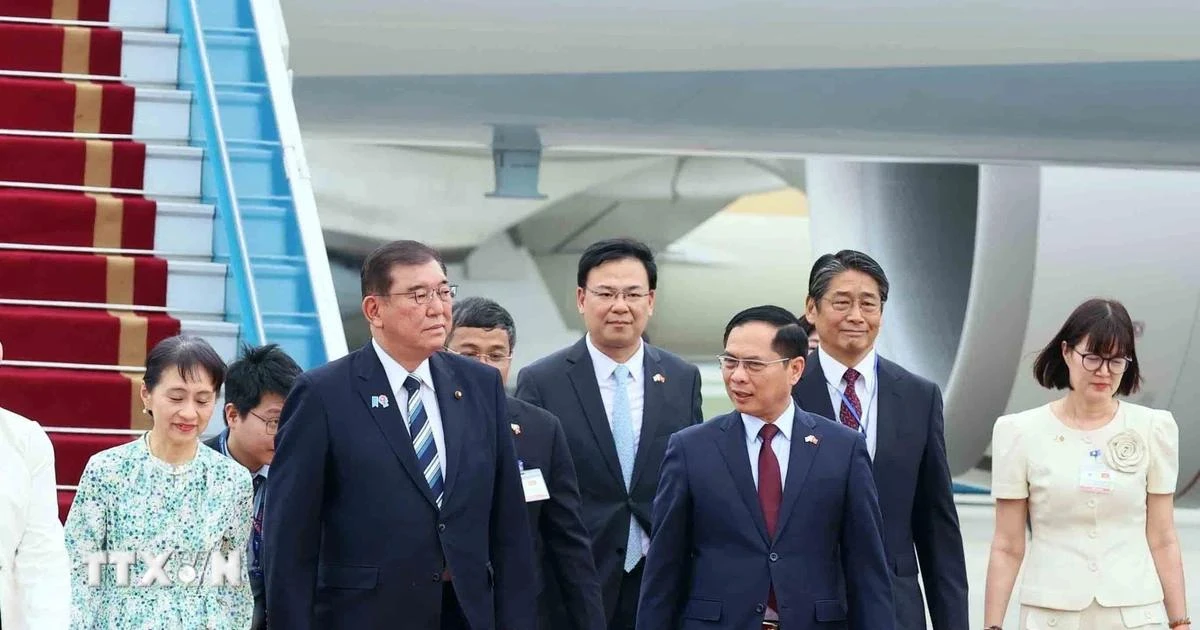
![[Photo] Japanese Prime Minister's wife visits Vietnamese Women's Museum](https://vstatic.vietnam.vn/vietnam/resource/IMAGE/2025/4/27/8160b8d7c7ba40eeb086553d8d4a8152)
![[Photo] General Secretary To Lam's wife and Japanese Prime Minister's wife make traditional green rice cakes together](https://vstatic.vietnam.vn/vietnam/resource/IMAGE/2025/4/27/7bcfbf97dd374eb0b888e9e234698a3b)
![[Photo] Foreign tourists impressed by the way history is conveyed through interactive exhibitions at Nhan Dan Newspaper](https://vstatic.vietnam.vn/vietnam/resource/IMAGE/2025/4/27/6bc84323f2984379957a974c99c11dd0)
![[Photo] Living witnesses of the country's liberation day present at the interactive exhibition of Nhan Dan Newspaper](https://vstatic.vietnam.vn/vietnam/resource/IMAGE/2025/4/27/b3cf6665ebe74183860512925b0b5519)
![[Photo] General Secretary To Lam receives Chairman of the Liberal Democratic Party, Japanese Prime Minister Ishiba Shigeru](https://vstatic.vietnam.vn/vietnam/resource/IMAGE/2025/4/27/63661d34e8234f578db06ab90b8b017e)
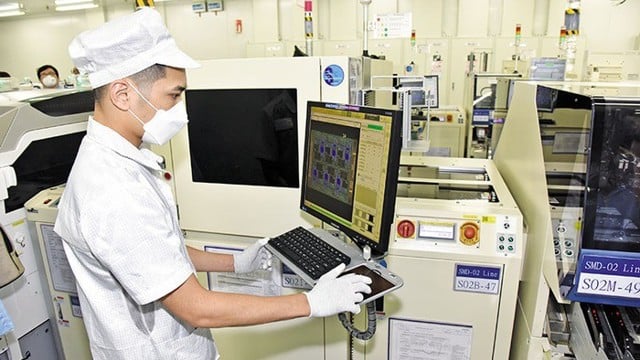














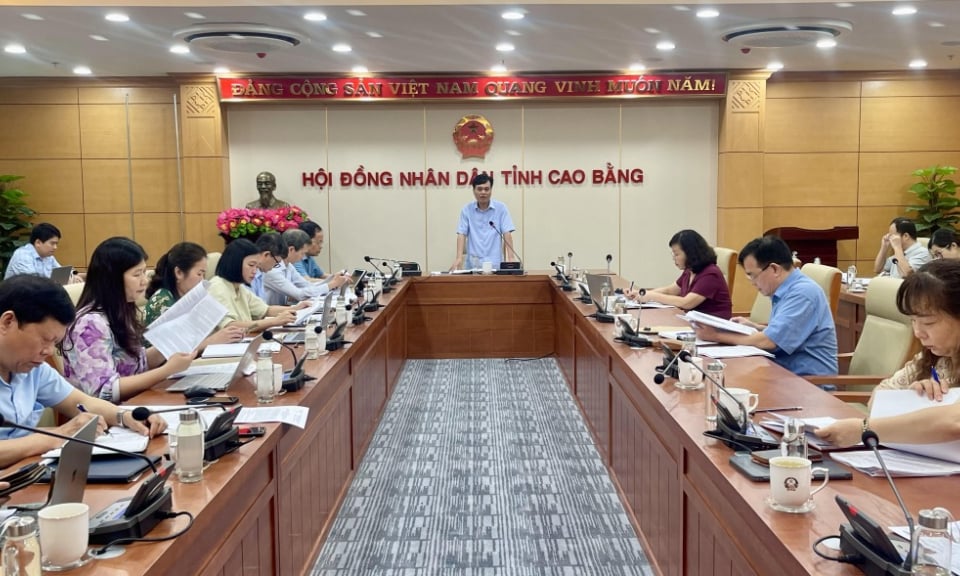



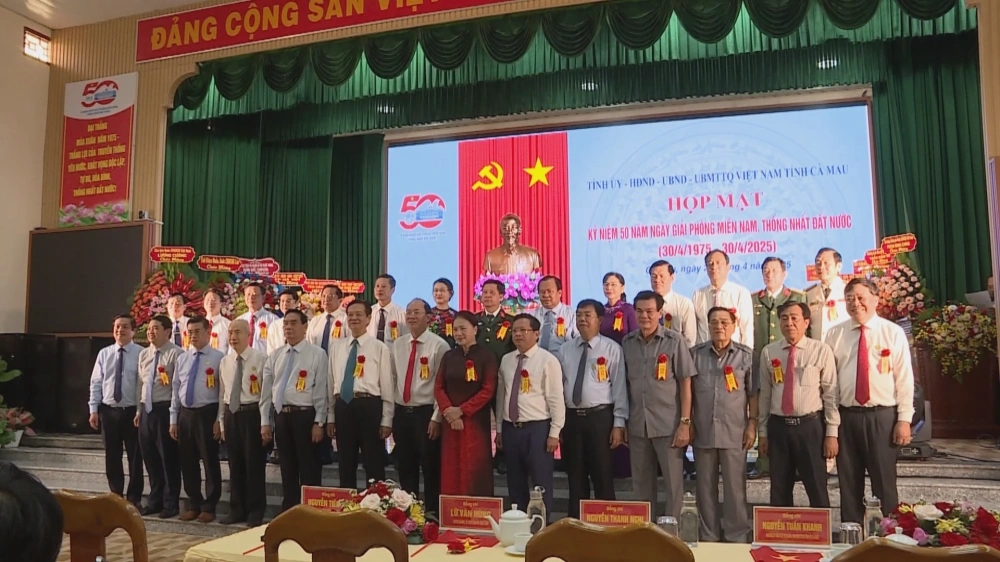








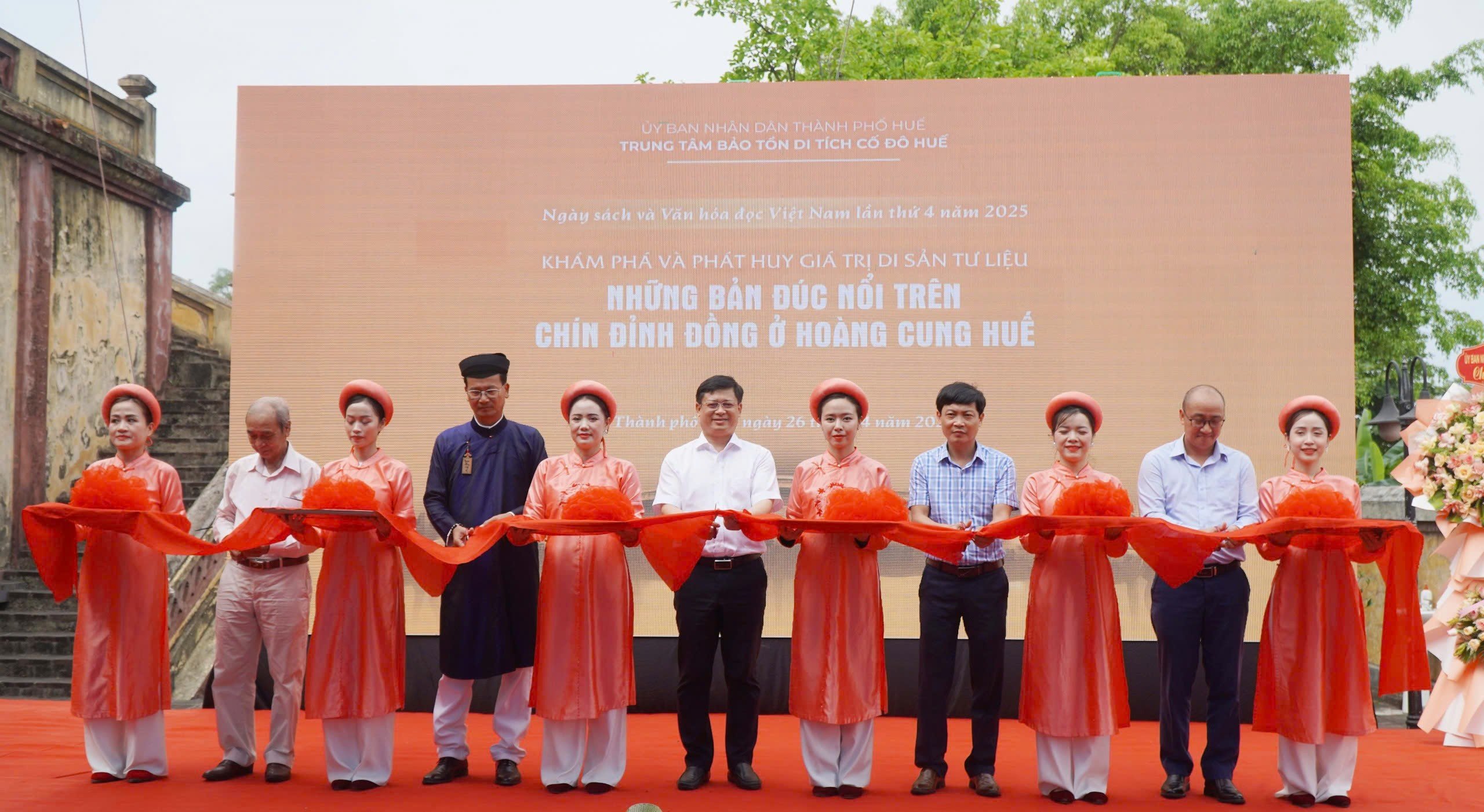



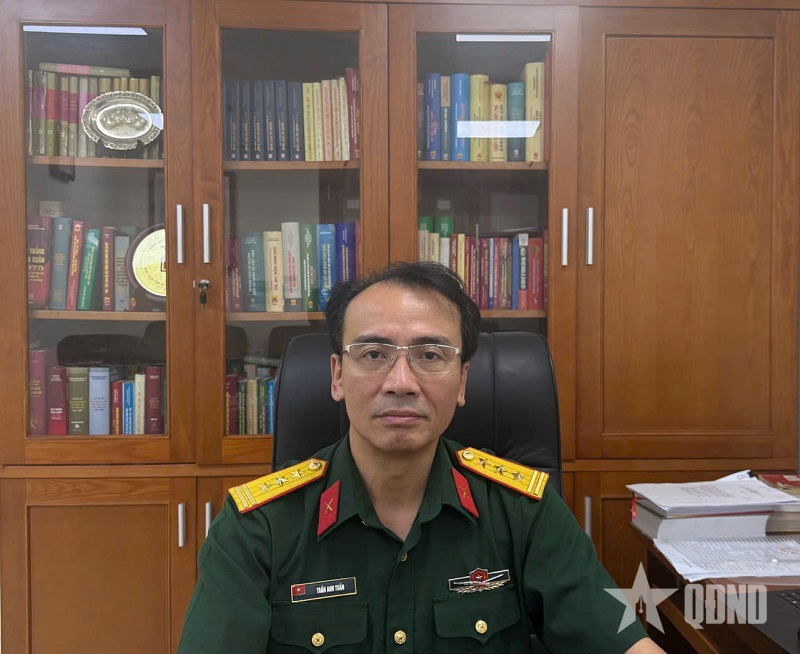












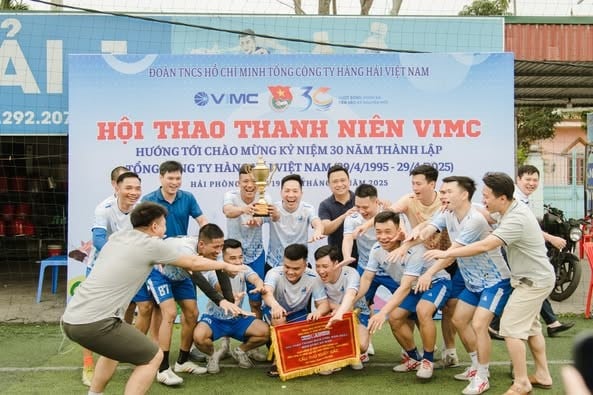
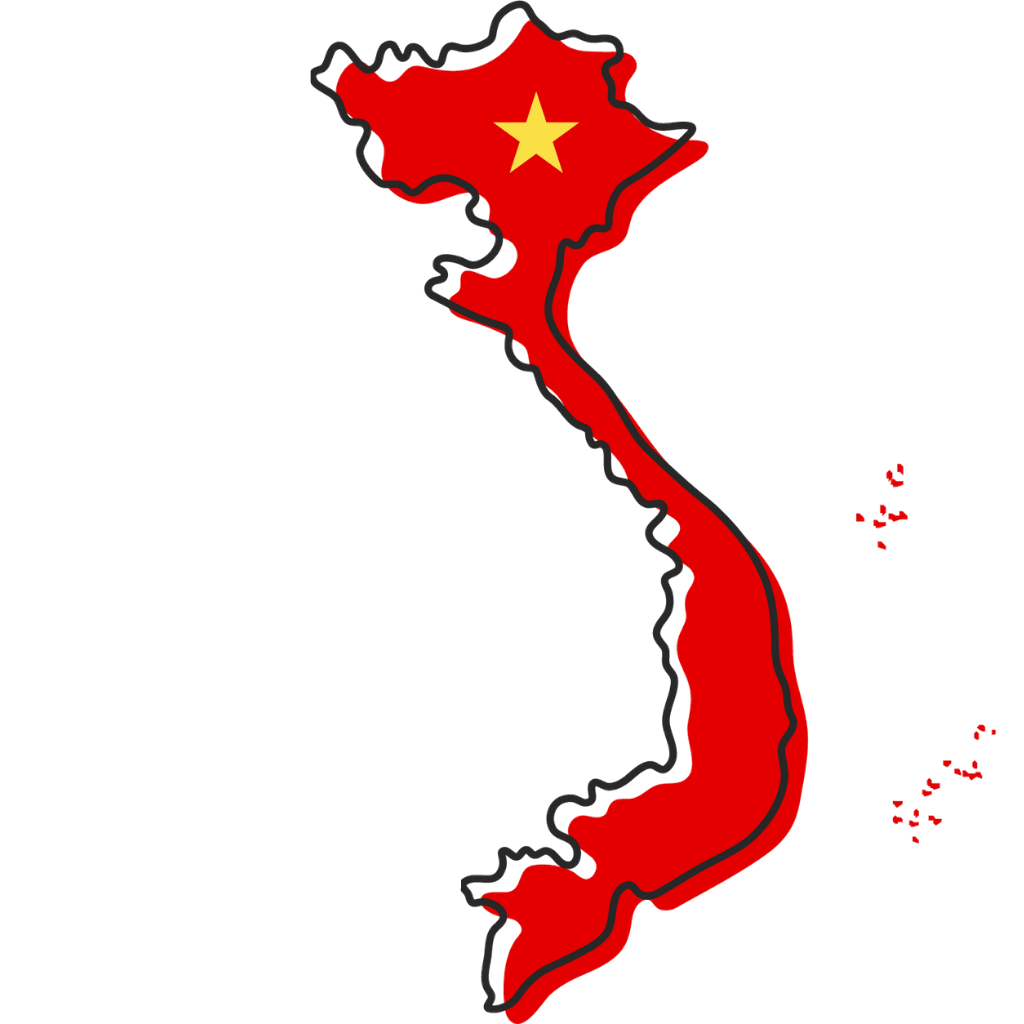
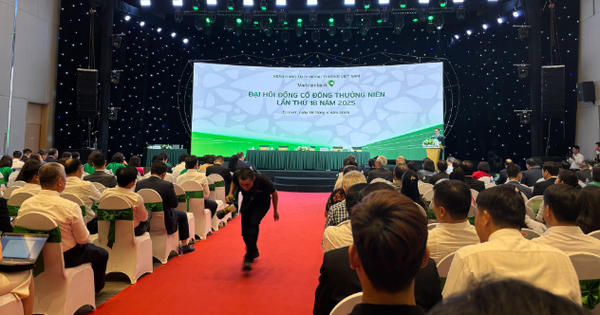


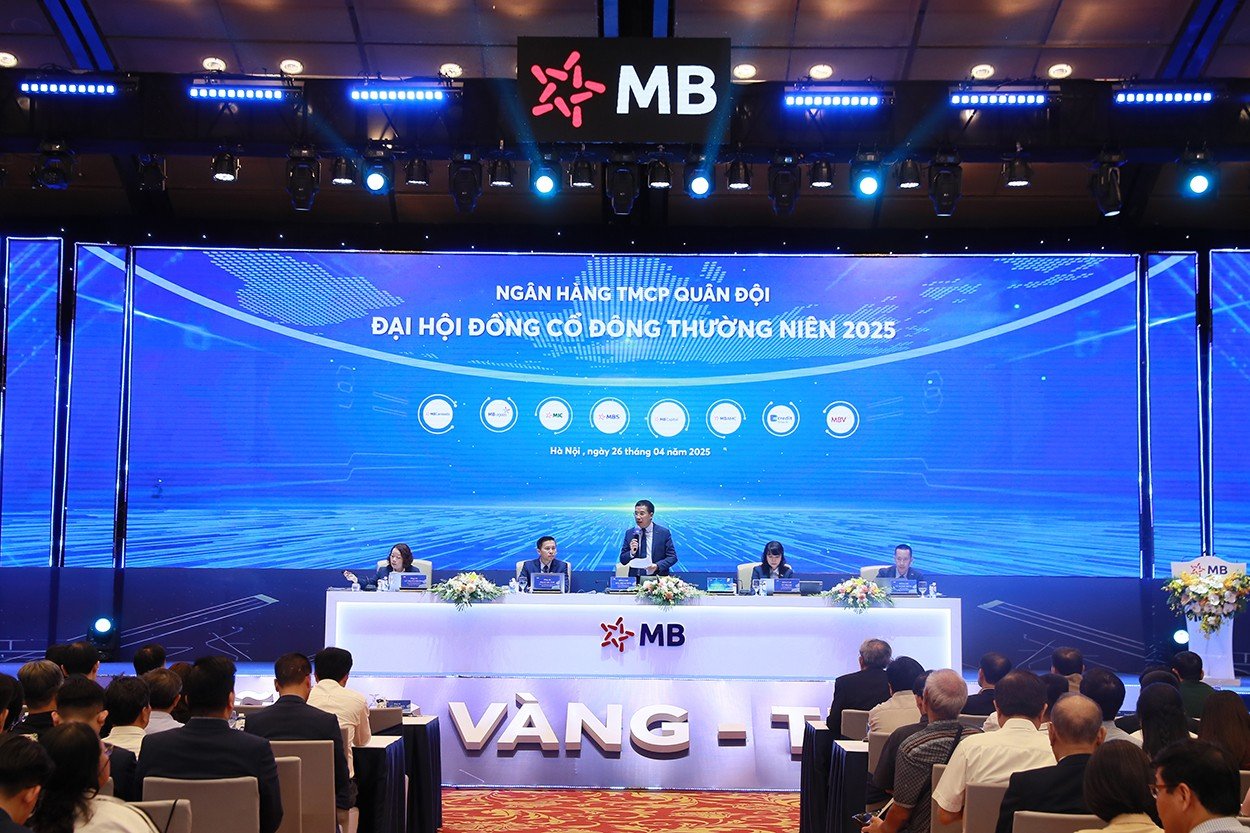

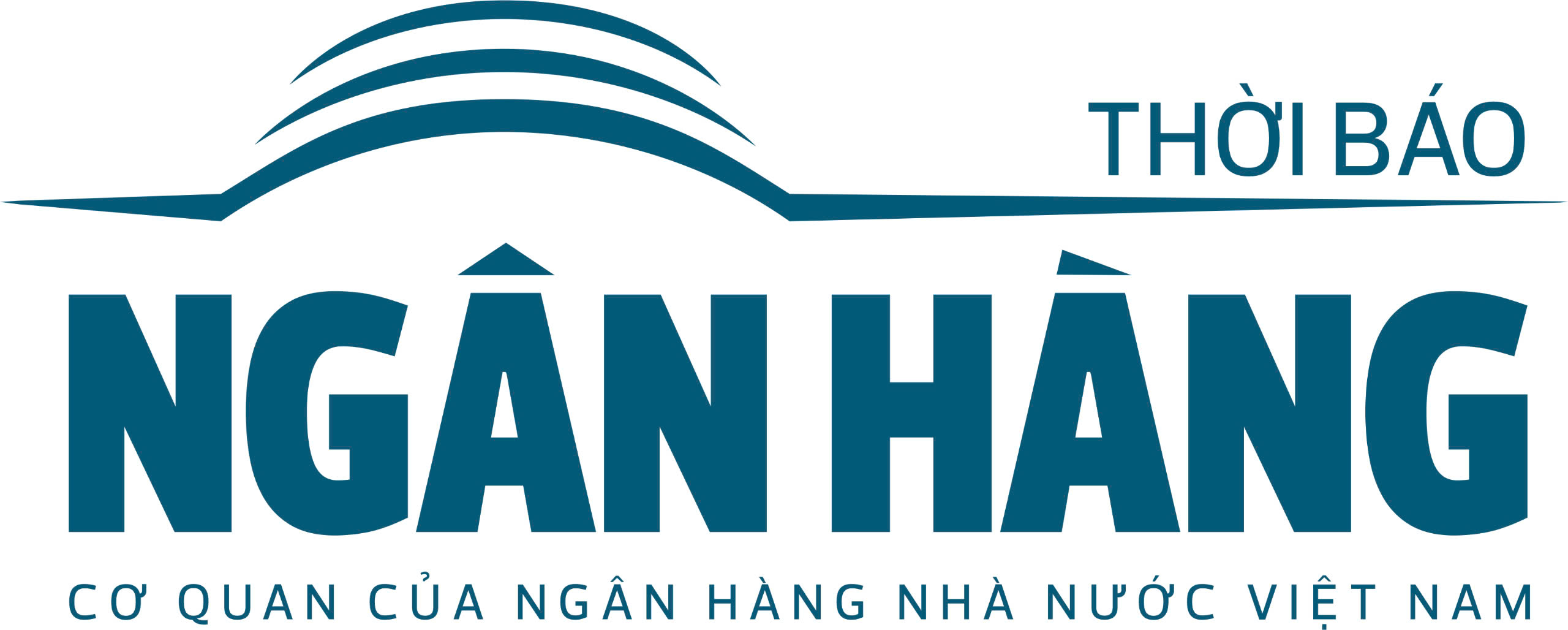









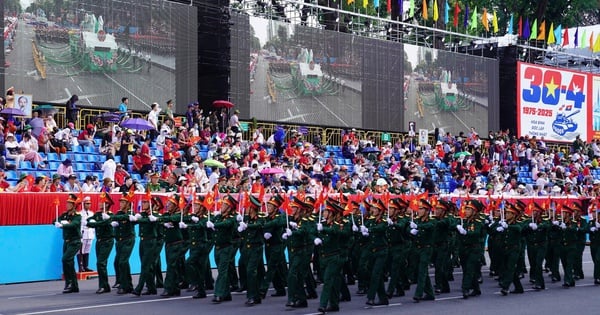



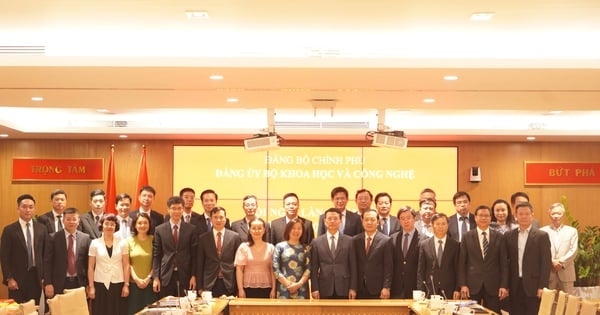



![[Podcast]. Loving my old mother...](https://vstatic.vietnam.vn/vietnam/resource/IMAGE/2025/4/27/9469ccef275047fea3cad33463d1250e)











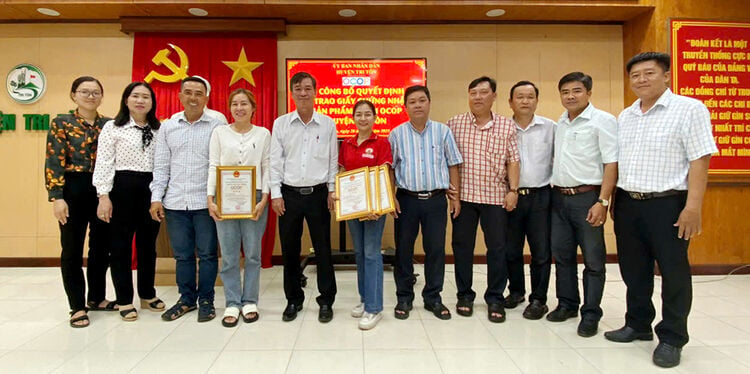

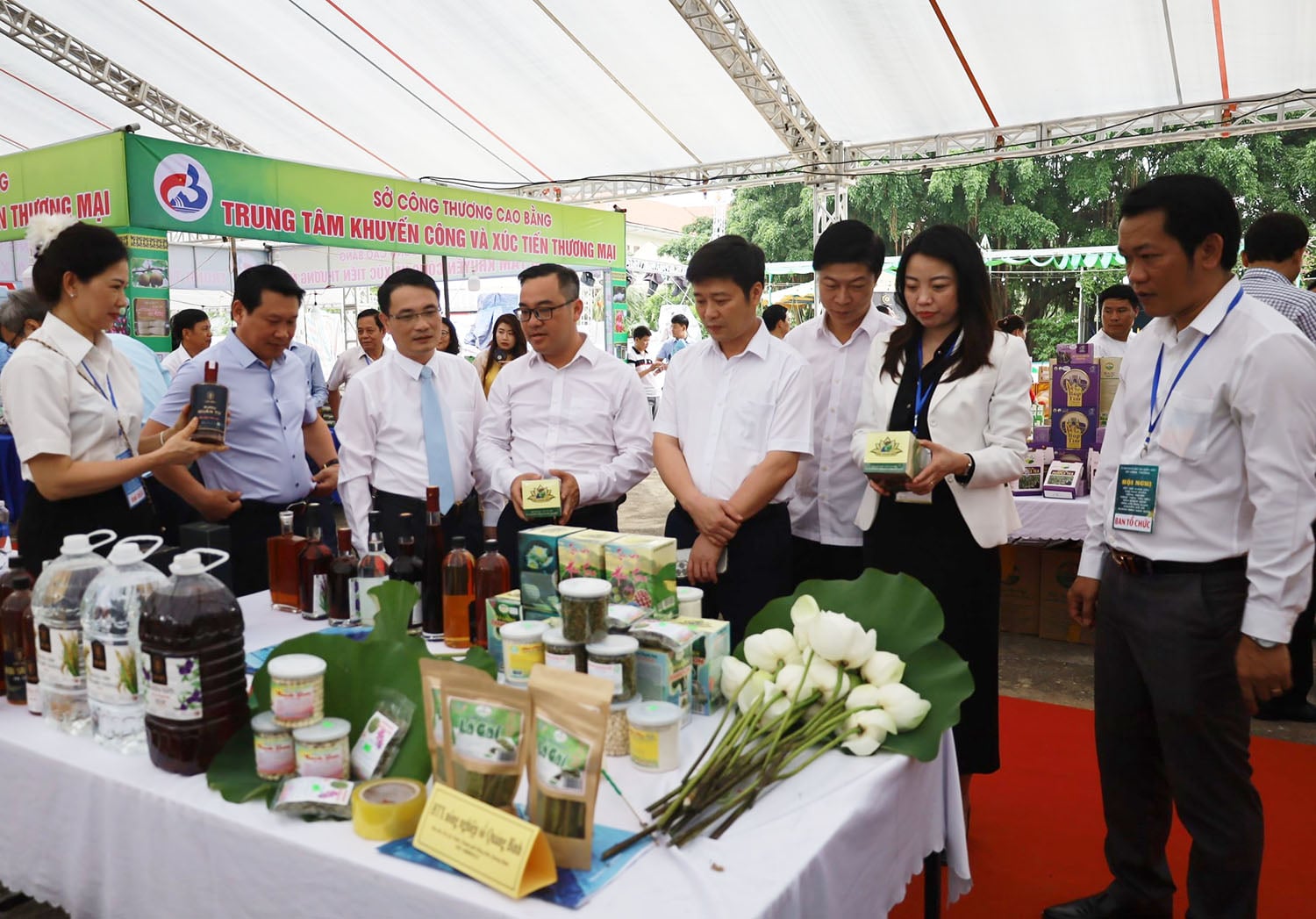


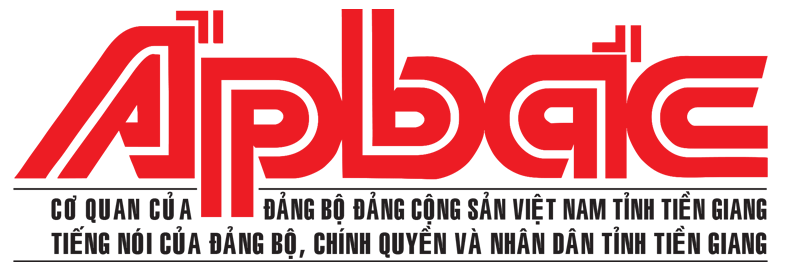
Comment (0)